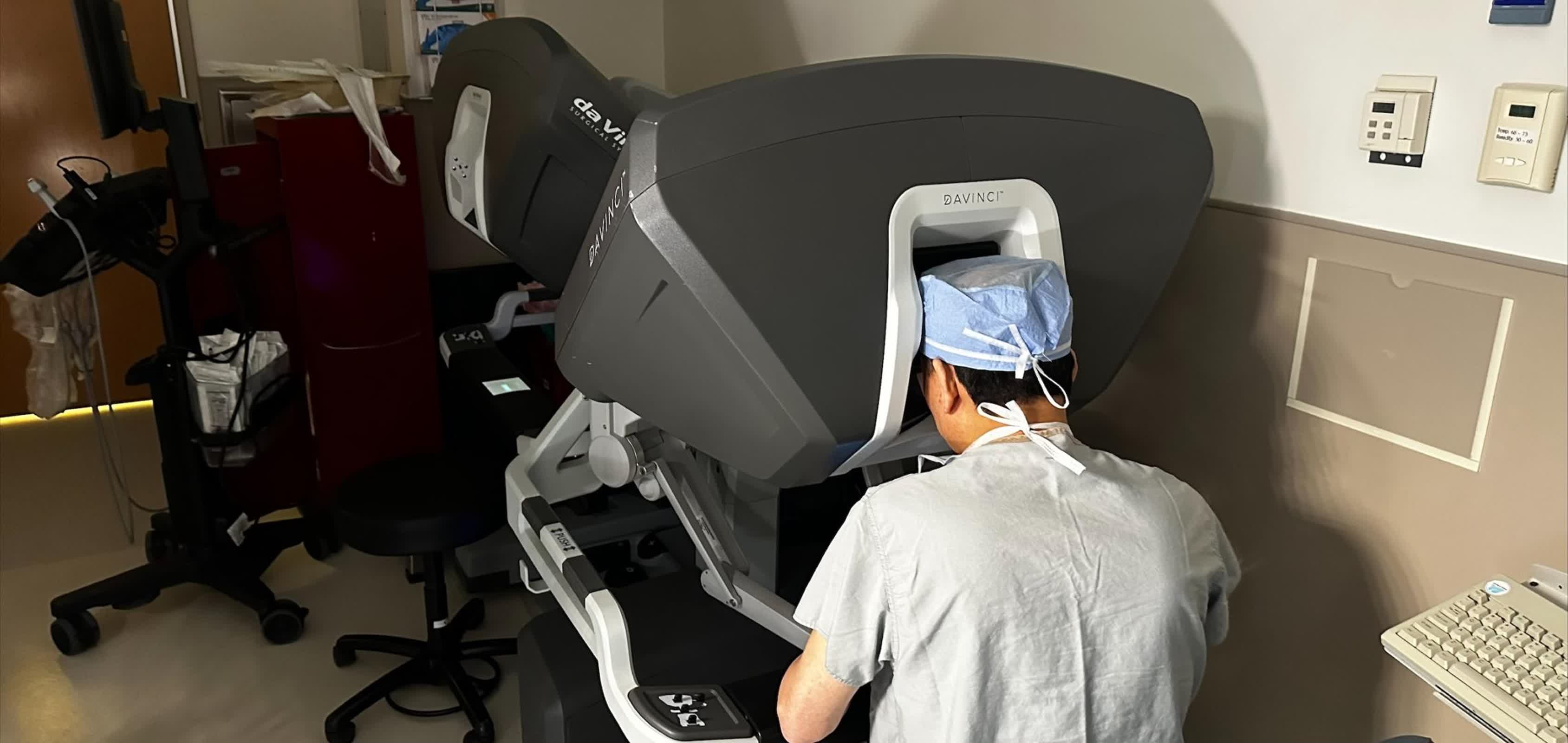Surgeons at Baylor St. Luke’s Medical Center have successfully performed the nation’s first fully robotic heart transplant, replacing the failing organ of a 45-year-old man without breaking the patient’s breastbone or opening his chest cavity.
The March procedure rewrote the playbook for one of medicine’s most complex operations. Dr. Kenneth Liao and his surgical team used robotic arms to make small, precise cuts and navigate through the preperitoneal space to swap hearts without touching the breastbone.
Traditional heart transplants require surgeons to crack open the chest and spread the ribs apart. This new approach preserves the entire chest wall.
“Opening the chest and spreading the breastbone can affect wound healing and delay rehabilitation and prolong the patient’s recovery, especially in heart transplant patients who take immunosuppressants,” said Liao, who serves as professor and chief of cardiothoracic transplantation at Baylor College of Medicine.

Source: Baylor College of Medicine
Robotic precision enabled the surgical team to operate through small ports, eliminating the need for large incisions. The arms move with millimeter-level precision, enabling delicate work in tight spaces that human hands cannot.
The technique cuts blood loss by 50% compared to traditional surgery and reduces the need for transfusions. This is crucial for transplant patients who must carefully manage their immune response to prevent organ rejection.
“With the robotic approach, we preserve the integrity of the chest wall, which reduces the risk of infection and helps with early mobility, respiratory function, and overall recovery,” Liao explained.
The patient had been hospitalized since November 2024 with advanced heart failure. Multiple mechanical devices kept his heart functioning while doctors searched for a donor match. He recovered from the surgery without complications and was discharged after one month.
Robots have assisted in various cardiac procedures before, but this marks the first entire human heart transplant done robotically in the United States.
“This transplant shows what is possible when innovation and surgical experience come together to improve patient care,” said Liao. “Our goal is to offer patients the safest, most effective and least invasive procedures, and robotic technology allows us to do that in extraordinary ways.”
Dr. Todd Rosengart, chair of the Michael E. DeBakey Department of Surgery at Baylor, called the procedure “a remarkable, giant step forward in making even the most complex surgery safer.”
The success could reshape how surgeons approach organ transplants. Instead of maximizing access through invasive techniques, the robotic method prioritizes preservation of bone, muscle, and recovery time.
Hospital leaders believe wider adoption of robotic systems could offer more patients less invasive surgeries, faster recoveries, and fewer complications as the technology continues to advance.



















